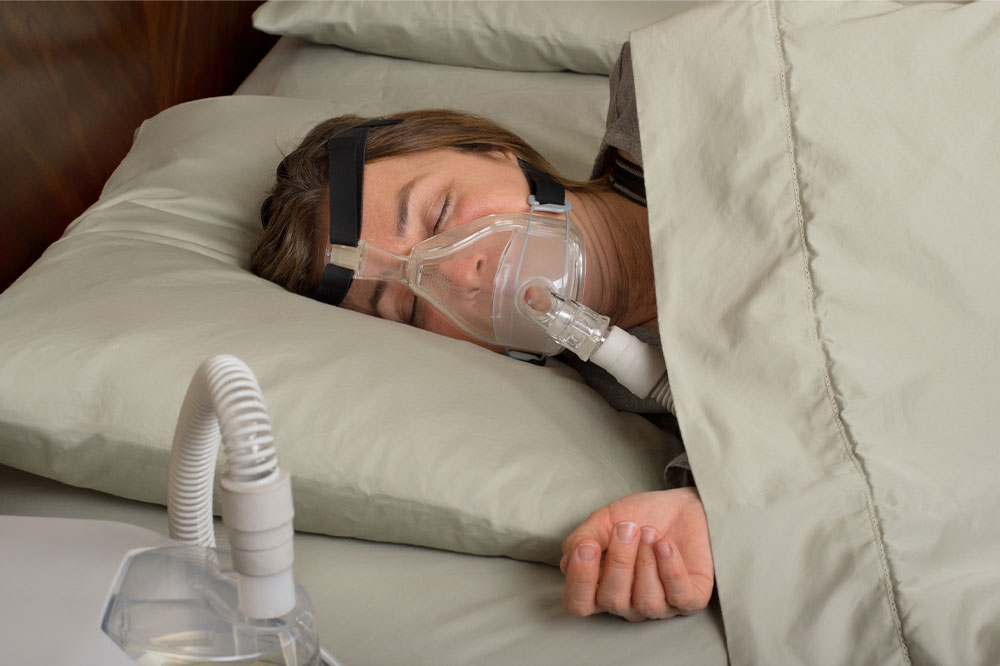
Sleep apnea – Symptoms, causes, diagnosis, and more
Sleep apnea is a common sleeping disorder that can cause one to stop breathing when asleep. Here, one’s brain tries to protect the body by causing one to wake up and breathe normally. However, this can cause one to have disturbed sleep. Further, when left untreated, it can lead to serious complications in the future – diabetes and cardiac issues. Continue reading this article to know more about the condition and its management methods.
Symptoms of sleep apnea
Most people with sleep apnea can be unaware of the developed symptoms, as it can only be noticed when one is asleep. Hence, others can observe the signs while the patient sleeps. Some of the most common symptoms to look out for are:
- Loud snores
- Stops while breathing, followed by noisy breath
- Gasping for air
- Sleeping difficulties
- Concentration difficulties when awake
- Irritability
While some of these can be easier to notice, others can prove difficult. So the patients can keep an eye out for noticeable signs such as impaired memory, fatigue, increased headaches, and heartburn.
Causes of sleep apnea
Generally, sleep apnea can be divided into three main forms – obstructive, central, and mixed. Further, the causes of sleep apnea can vary depending on the type developed by the patient.
- Obstructive sleep apnea (OSA)
One of the most common forms of sleep apnea, OSA occurs when one’s head and neck muscles relax while sleeping. This relaxation causes the surrounding tissue to press down on the windpipe, causing one to experience breathing difficulties. At times like these, the brain senses the issue at hand and briefly wakes one up to reopen the airway. In cases such as these, the patient can choke, snort, or gasp for air. This can be repeated between 5 to 30 times every hour. - Central sleep apnea ( CSA)
Although less common, this type of sleep apnea results due to the brain’s inability to send signals to the breathing muscles. This means one may not be able to breathe for a short while. So, if one has central sleep apnea, one may wake up experiencing shortness of breath or have issues while going to and staying asleep.
Besides this, some other risk factors associated with the condition are a narrow airway, being male, family history, nasal congestion, and health issues like type 2 diabetes, high blood pressure, polycystic ovary syndrome, hormonal disorders, and lung issues.
Diagnosis and treatment of sleep apnea
Diagnosis
In most cases, the diagnosis of sleep apnea involves an evaluation of one’s symptoms and sleeping history. This can be followed by overnight evaluations such as home sleep tests and nocturnal polysomnography. These tests help the healthcare provider determine the functioning of other bodily functions like heart rate, brain activity, and blood oxygen levels.
Treatment options
- Conservative treatment
Most healthcare professionals suggest lifestyle modifications such as changes in sleep position. In cases where that does not work, one can be advised the utilization of sleep aid items like nasal sprays, adhesive strips, and special support pillows. - Surgery
In cases where other treatment alternatives are deemed unresponsive, one can opt for surgery. Some surgical options available to patients include tissue removal, jaw repositioning, and tissue shrinkage.
In addition to the above, one can also go for nerve stimulators, implants, and oral devices to counter the issue.




